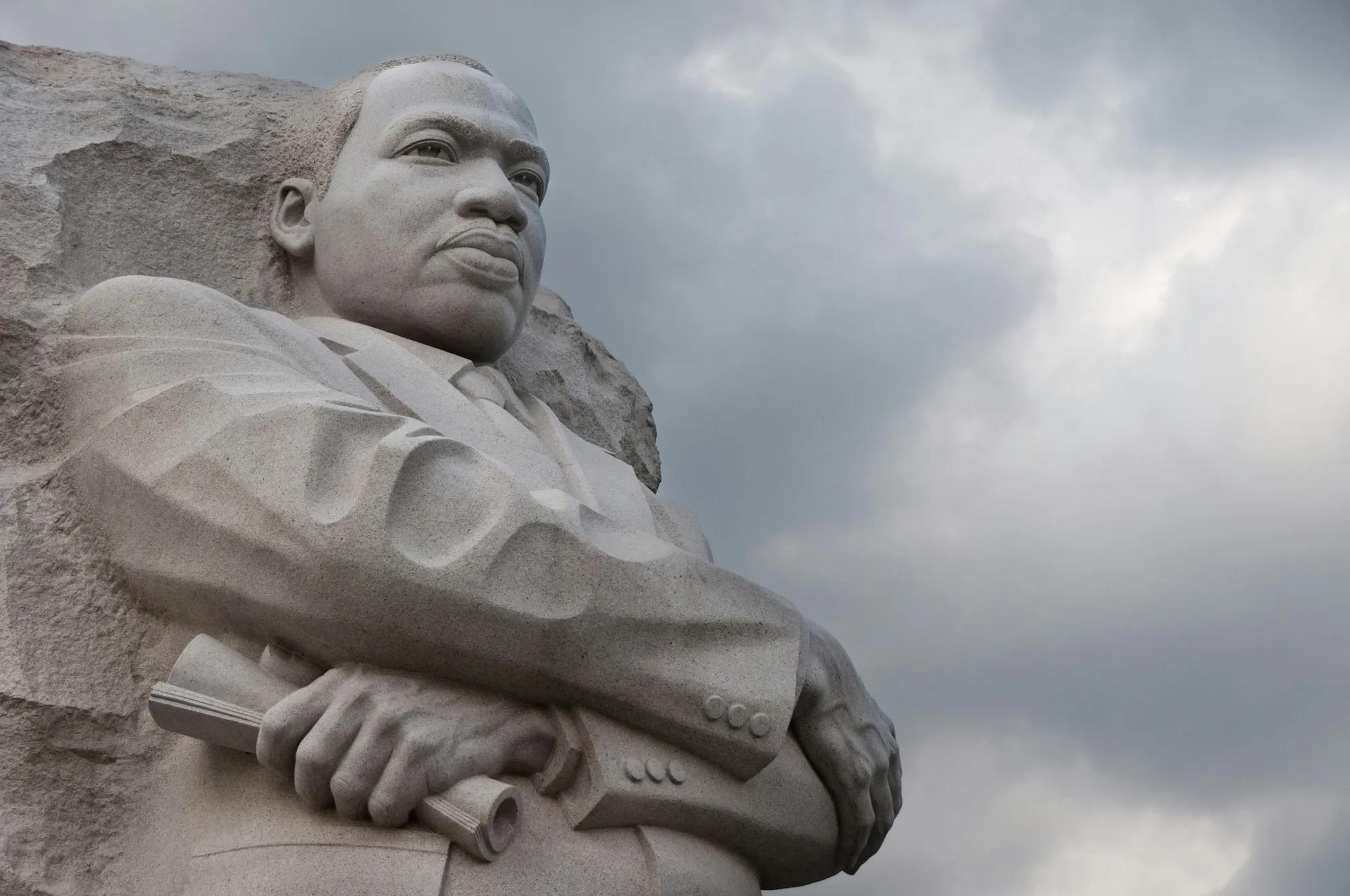ATD Blog
Martin Luther King Jr.: A Leader to Inspire Businesses
Fri Dec 13 2024

Martin Luther King Jr. was many things, but few would see him as a great model for business leaders.
King exemplifies two types of organizational leadership vital to today’s business environment, according to Christopher Neck, associate professor of management at Arizona State University’s W. P. Carey School of Business, and his colleague Jeffrey Godwin of Saint Vincent College. They argue that King was a transformational and servant leader, and enterprises today would benefit greatly from adopting his techniques.
When Neck and Godwin started using King as an example of leadership in class, their categorizations differed—Neck saw him as a servant leader, and Godwin saw him as a transformational leader.
Transformational leaders articulate a vision, while servant leaders believe in empowering and developing people on an individual level. Both types of leaders aim to empower employees and improve performance, but the transformational leader focuses more on the organization as a whole, while the servant leader focuses more on individuals. Both paths lead to the same goal, and in the end, the two types have more commonalities than differences, Neck says. “If you care about employees first, they will work harder, and their performance will improve. At the end of the day, it’s all about the organization.”
In his research on King, Neck found examples of both types of leadership. King had a vision and set a model for followers to emulate. His expectations were high, and he challenged people about their assumptions. But he was also patient, advocating nonviolence and cooperation. He promoted equality and fairness and helped individuals believe in themselves, realizing that personal motivation was the key to social change.
In research published in the Journal of Leadership and Management, Neck and Godwin examined a particular phase of King’s career: the “Chicago Campaign” of 1966. To end housing discrimination in the area, King moved into an apartment in the city’s west-side slums and began working with the Southern Christian Leadership Conference (SCLC) and the Coordinating Council of Community Organizations (CCCO).
In August 1966, King led about 700 people in a protest march through all-white neighborhoods in Chicago. Angry residents gathered, but King was not deterred. Working with the SCLC and the CCCO, he planned another march, this time in the white, middle-class suburb of Cicero. Worried town leaders met with King and other civil rights leaders to discuss the march. The civil rights groups agreed to cancel the march, and in exchange, the city promised to guarantee accessible housing to African Americans.
City leaders, for the most part, failed to follow through on the pact. King, though bitterly disappointed and angry, was not a short-term thinker.
“It was one cog in his strategy to bring attention to his vision,” Neck says. “Even if the organizational outcome failed, he didn’t fail from a servant leader perspective. He helped people believe in themselves. He brought people together and brought attention to achieving equal education and facilities.”
Though the business world has changed tremendously since King’s day, his leadership style is more relevant than ever.
In the past, workers often stayed with a company for 20 or 30 years, and authoritarian leadership was the norm. In today’s fast-paced business environment, “it would be hard for an autocratic, top-down leader to survive,” Neck says. The pension carrot is gone. Frequent job change is the norm, and employers have a tough time finding and retaining skilled workers. Routine tasks are automated, and high-performance expectations are the norm. Employees accept the pressure, but only if they feel their work is valued and has meaning.
A transformational leader provides a vision that inspires workers to come together and rise to challenges. A servant leader empowers them to use their best skills and make independent decisions that ultimately benefit the entire company.

